Hello Steemian Friends,
How are you all today? I hope all is well! Today is another Wild Wednesday's post written by Becca, I will continue with the previous topics about my time spent volunteering in Madagascar with ReefDoctor.
As I probably previously mentioned, ReefDoctor is involved in many marine conservation, education and research projects that help benefit the local communities as well as the biodiversity. They are truly trying their best at doing their part for the protection of beautiful Mother Earth - our World. In last weeks post I mentioned how one of the first projects I helped with was replanting mangroves, which I really enjoyed.
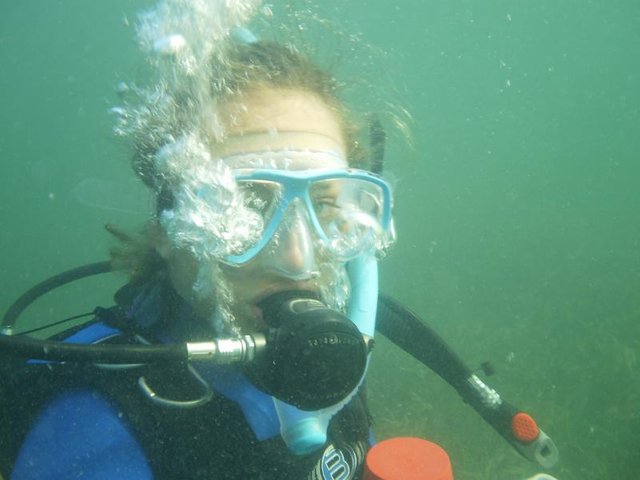
Today I would like to write about one of the other projects that ReefDoctor undertakes - Seagrass Surveys. Just to add a bit of context here, like Mangroves, Seagrass are very valuable ecosystems, they provide shelter and refuge for a wide variety of species as well as feeding grounds for many species of marine life. Hence, they too provide a basis of coastal fishing productivity for the local communities. Additionally, they stabilise bottom sediments, act as hydrodynamic barriers and filter coastal waters, capturing and storing large amounts of carbon dioxide from the atmosphere in the soils. The seagrass beds help protect coral reefs by acting as barriers to stop silt and mud from reaching them. Therefore, they also play a very important role in reducing the impacts of climate change.
However, in the Bay of Ranobe and worldwide I imagine, seagrass beds are under threat from eutrophication (too many nutrients in the water which causes a growth of plant life and death of animal life from lack of oxygen), sedimentation, human development, and unsustainable fishing practises. According to ReefDoctor, seagrass beds are being lost at a rate of 1.5% every year. Once they have lost their ability to perform their ecological functions due to the causes described above, they also loose the ability to keep the carbon dioxide they had stored in their soils and end up releasing it into the atmosphere.
ReefDoctor is helping the seagrass and seagrass beds keep and stay healthy through a seagrass surveying programme which maps and assess the status of them in the Bay of Ranobe, in the hopes that this will be a step forward for their protection. ReefDoctor undertakes the surveys and monitors them every 3 months, I happened to be there for one of their research months, which is great as it was something new to me. I had never imagined how important or how crucial seagrass is, it was always just annoying swimming in the sea with seagrass around near your feet, however I now have a much better appreciation for them!
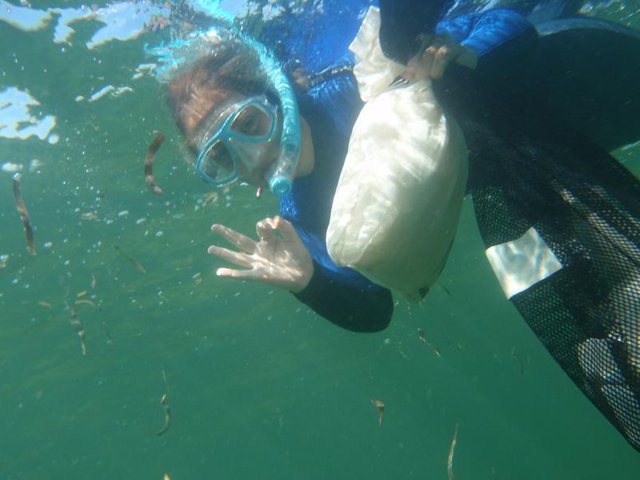
Through this project, it enabled ReefDoctor to establish seagrass reserves, which has areas designated for strict protection and restricted use. They have been able to work in collaboration and have had the ongoing support from local stakeholders, which has enabled the creation of Seagrass Protected Areas. This is a great major step in marine conservation, as it will hopefully show an improvement in sustainable livelihoods for the local villages, who depend and rely greatly on fisheries.
I have some photos below to show off the process of Seagrass surveying :)
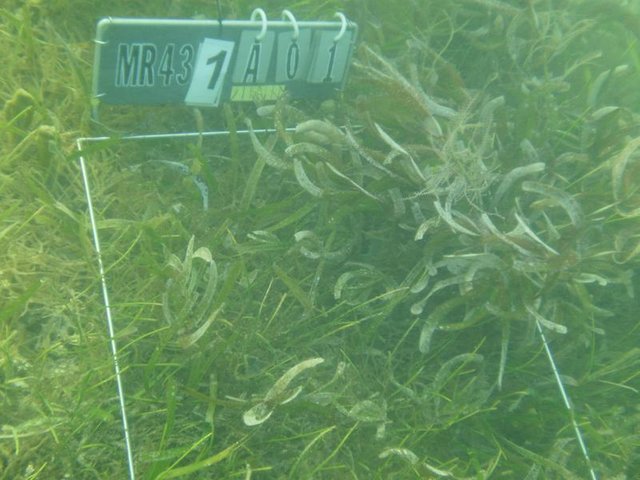
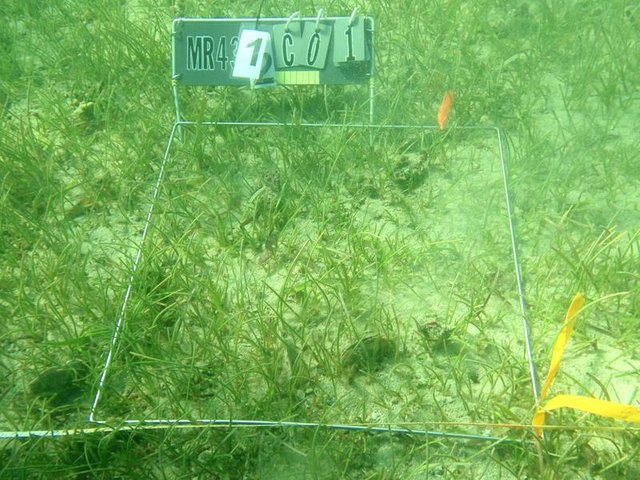
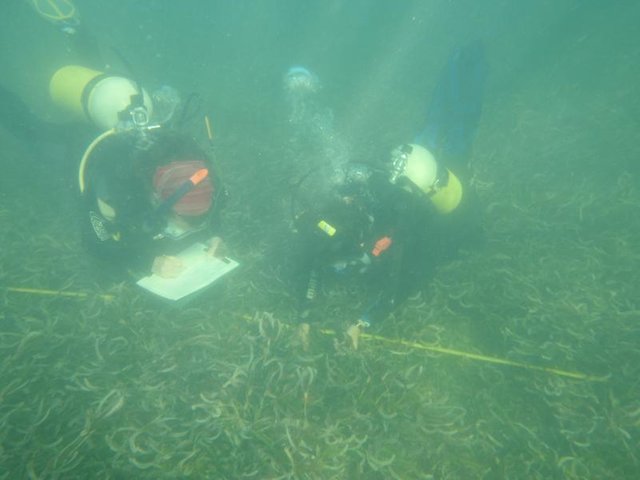
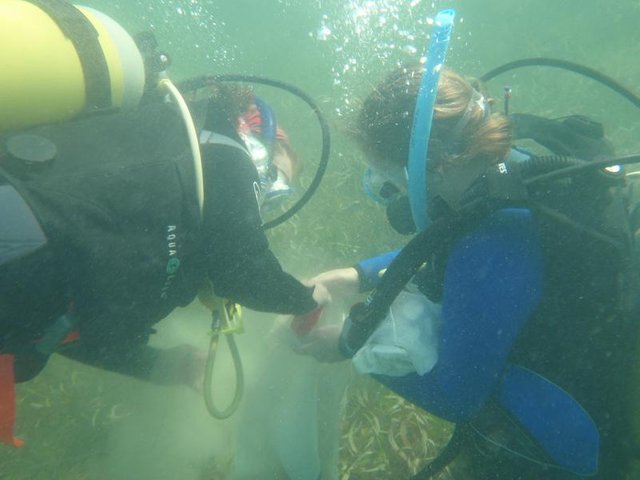
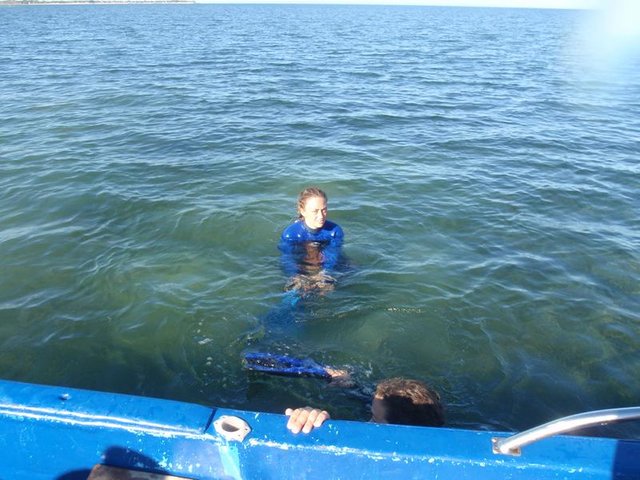
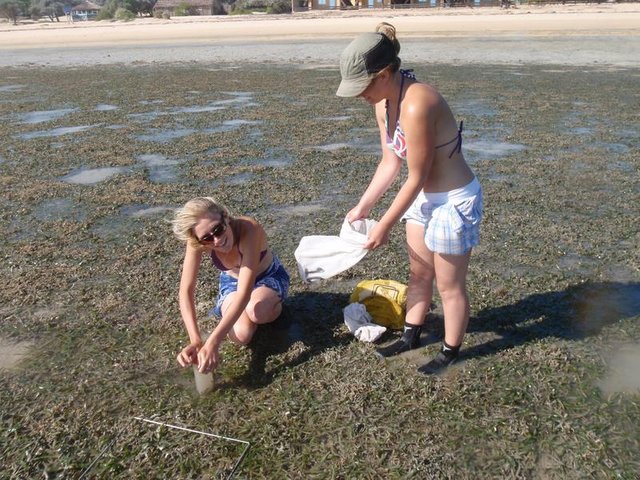
Hope you enjoyed this weeks Wild Wednesday's post. Next week there will be more :)
Stay Classy Steemians!
Wild Wednesday’s is a post written by the @travelling-two every Wednesday to inform their followers and readers about nature and conservation.
Thank you for taking the time to read our post. If you really like our content, please follow us as we post regularly with different topics from Monday to Friday. How about your followers? Would they like this post? If so, please resteem it! Finally, if you are generous, please give us an Upvote! We thank you in advance! Lots of love / @travelling-two


!steemitworldmap -23.144602 lat 43.611485 long d3scr

Congratulations, Your Post Has Been Added To The Steemit Worldmap!
Author link: http://steemitworldmap.com?author=travelling-two
Post link: http://steemitworldmap.com?post=wild-wednesday-s-memories-of-madagascar-part-4
Want to have your post on the map too?
Downvoting a post can decrease pending rewards and make it less visible. Common reasons:
Submit
interesting articles hopefully tomorrow will be more interesting thanks
Downvoting a post can decrease pending rewards and make it less visible. Common reasons:
Submit
Thank you @alasyi for reading our post. Hopefully, you'll like our Throwback Thursday today as we continue with our Ethiopian adventure. 😊
✈️👫
Downvoting a post can decrease pending rewards and make it less visible. Common reasons:
Submit
Damn, i would love to dive for research!! :D well done, been following your blogs in madagascar closely so far :)
Downvoting a post can decrease pending rewards and make it less visible. Common reasons:
Submit
Thank you @minatubo for your continuous support with our Wild Wednesday's blog posts. Hopefully with your resort one day in the Philippines you could have volunteer sessions assisting with a local marine conservation NGO and help out with diving research. This is truly a way to implement community development. 😊
✈️👫
Downvoting a post can decrease pending rewards and make it less visible. Common reasons:
Submit